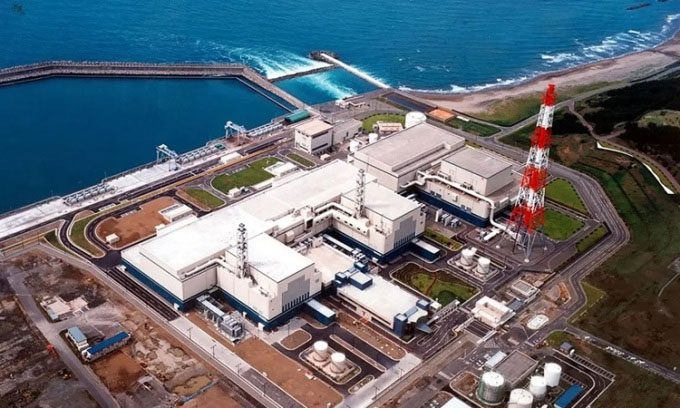Japan is set to restart operations at the Kashiwazaki-Kariwa Nuclear Power Plant after a prolonged closure due to the impacts of the Fukushima disaster.
The Tokyo Electric Power Company (TEPCO) is preparing to load fuel into the world’s largest nuclear power plant, Kashiwazaki-Kariwa. Having been offline since the Fukushima nuclear disaster in 2011, this marks the first step towards reviving this massive power generation facility. The move comes a few months after Japan’s Nuclear Regulation Authority (NRA) granted permission for the plant to resume operations. The NRA also allowed the facility to begin refueling again. Currently, TEPCO is set to add fuel rods to reactor number 7, as reported by Interesting Engineering on April 15.

Aerial view of the Kashiwazaki-Kariwa Nuclear Power Plant. (Photo: IAEA).
The Kashiwazaki-Kariwa power plant still faces several hurdles before it can operate, including safety inspections and obtaining permits from local authorities. Previously, the facility encountered numerous issues when attempting to resume operations in 2021 due to violations of various safety regulations, including inadequate protection of nuclear materials. However, these issues have since been addressed.
The Kashiwazaki-Kariwa Nuclear Power Plant has a capacity of 8.2 GW before its shutdown in 2012. The facility is located in Niigata Prefecture, Japan, covering an area of 4.2 km². It was first inaugurated in 1985 and is home to the world’s first Advanced Boiling Water Reactor (ABWR). The plant consists of seven reactors, five of which have a capacity of 1.1 GW each, while the remaining two can generate 1,365 MW of electricity. The nuclear power plant has experienced several partial and complete shutdowns during its operational history due to technical challenges and earthquakes in the region. Nevertheless, following the Fukushima disaster, Kashiwazaki-Kariwa has remained closed for an extended period.
The latest revival of the plant is part of Japan’s ambition to restart reactors to ensure energy security for the entire country. This is also an effort to reduce carbon emissions. Therefore, nuclear energy will enable Japan to self-supply electricity under conditions of limited resources, as it imports about 90% of its energy consumption. For this reason, Japan shifted its nuclear energy policy perspective at the end of 2022. The recent surge in prices for certain energy sources, such as liquefied natural gas (LNG), has further motivated Japan to resume nuclear power generation.
Next, TEPCO plans to transport fuel assemblies to reactor number 7 on April 15. TEPCO stated that it intends to place 872 fuel assemblies from the plant’s storage into the reactor. This process is relatively time-consuming and will take approximately 1.5 months to complete due to the need for thorough inspections to ensure the fuel rods are installed correctly. Inspections are also necessary to verify that the core cooling system operates as designed. TEPCO will also increase the number of night shift staff from 8 to 51.


















































